Introduction
Pickling tender ginger is an art that combines the tangy, sweet, and slightly spicy flavors into a delightful preserve. This traditional method not only enhances the ginger’s natural aroma and taste but also preserves it for extended periods, allowing you to enjoy its benefits throughout the year. Whether you’re a seasoned chef or a culinary enthusiast just starting out, mastering the correct pickling formula and technique for tender ginger can elevate your dishes and introduce a new dimension of flavor to your culinary repertoire. In this comprehensive guide, we’ll delve into the intricacies of selecting the right ginger, preparing it meticulously, and crafting the perfect pickling brine to ensure your pickled ginger turns out perfectly tender, flavorful, and long-lasting.
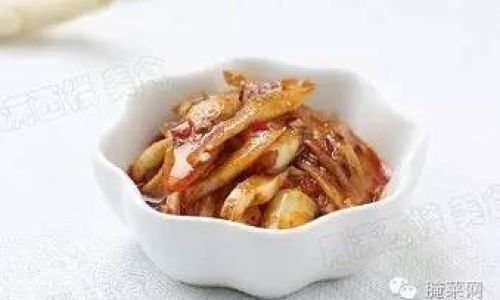
Chapter 1: Selecting the Perfect Tender Ginger
The first step in creating exceptional pickled ginger is selecting high-quality, fresh ginger. Here are some key criteria to consider:
- Appearance: Look for ginger roots that have smooth, tight skin with a bright yellow or light brown hue. Avoid ginger with wrinkled, cracked, or moldy skin.
- Texture: Tender ginger should feel firm but slightly yielding when pressed. Avoid ginger that feels overly dry or mushy.
- Freshness: Opt for ginger with fresh, earthy aromas. Avoid any that smell musty or have an off-putting odor.
- Size: While size isn’t a critical factor, larger ginger roots often have thicker, more fibrous skin, which can be more challenging to peel. Smaller, younger roots tend to be more tender and easier to work with.
Chapter 2: Preparing the Ginger for Pickling
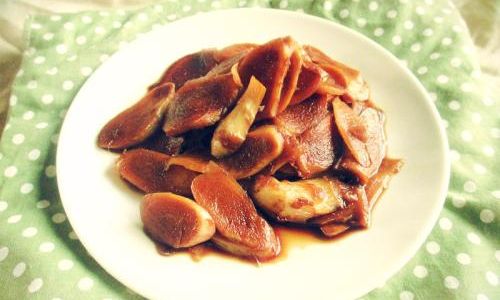
Once you’ve sourced the perfect ginger, it’s time to prepare it for pickling. Follow these steps to ensure your ginger is ready for the brine:
- Cleaning: Rinse the ginger under cold running water to remove any dirt or debris. Use a vegetable brush if necessary to scrub away stubborn soil.
- Peeling: Use a sharp knife or a vegetable peeler to remove the thin outer skin of the ginger. Be careful not to remove too much flesh, as this can waste the tender part.
- Slicing: Cut the peeled ginger into thin, even slices. The thickness of the slices is a matter of personal preference, but thinner slices will pickle more quickly and evenly. Aim for slices that are about 1/8 to 1/4 inch thick.
- Blanching: Blanching helps to soften the ginger slightly and prepare it for pickling. Bring a pot of water to a boil, add a pinch of salt, and then blanch the ginger slices for about 2-3 minutes. Immediately plunge them into ice-cold water to stop the cooking process and maintain their vibrant color.
Chapter 3: Crafting the Perfect Pickling Brine
The brine is the lifeblood of pickled ginger, infusing it with flavor and preserving it for months. Here’s a classic recipe for a balanced, delicious brine:
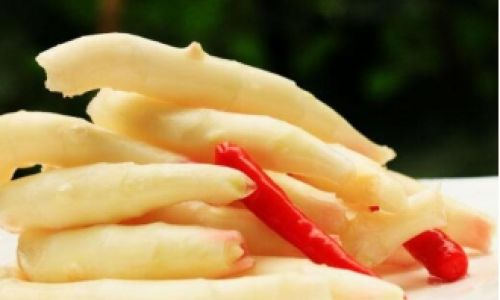
-
Ingredients:
- 1 cup rice vinegar (preferably unseasoned)
- 1/2 cup granulated sugar
- 1/4 cup water
- 1 tablespoon salt
- 1-2 teaspoons pickling spices (such as whole allspice, peppercorns, and coriander seeds)
- 1 small piece of fresh ginger root (about 1 inch), thinly sliced (for added ginger flavor)
- Optional: A few slices of fresh lemon or lime for an extra layer of zest
-
Instructions:
- In a medium saucepan, combine the rice vinegar, sugar, water, salt, and pickling spices.
- Heat the mixture over medium heat, stirring occasionally, until the sugar and salt are fully dissolved.
- Bring the brine to a gentle simmer and let it cook for about 5 minutes to allow the flavors to meld.
- Remove the saucepan from heat and let the brine cool to room temperature. If you’re adding lemon or lime slices, do so now and let them steep in the brine as it cools.
Chapter 4: Pickling the Ginger
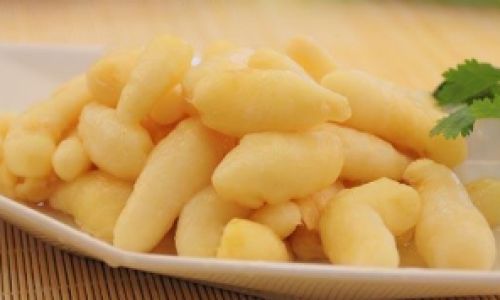
Now that your brine is ready and your ginger is prepped, it’s time to combine them and start the pickling process:
- Packaging: Place the blanched and cooled ginger slices into a clean, sterile glass jar. Pack them tightly but not so tightly that they become crushed.
- Pouring the Brine: Carefully pour the cooled brine over the ginger slices, ensuring they are fully submerged. If necessary, use a small weight (like a clean stone or a small, sanitized glass jar filled with water) to keep the ginger submerged.
- Sealing: Secure the lid of the jar tightly and shake gently to distribute the brine evenly.
- Storage: Place the jar in the refrigerator. Allow the ginger to pickle for at least 24 hours before tasting. For best flavor, let it pickle for 3-7 days, shaking the jar occasionally to redistribute the brine.
Chapter 5: Serving and Enjoying Your Pickled Ginger
Once your pickled ginger has reached your desired level of flavor and tenderness, it’s ready to enjoy. Here are some ways to incorporate it into your meals:
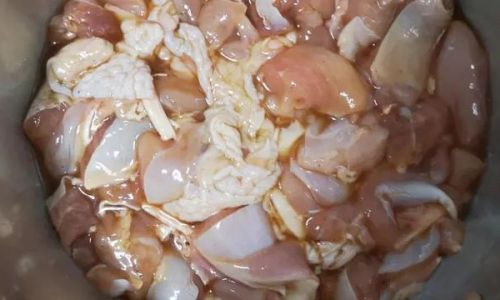
- Sushi Accompaniment: Serve it as a traditional accompaniment to sushi and sashimi, providing a refreshing contrast to rich, fatty fish.
- Salad Toppings: Add it to salads for a crunchy, tangy burst of flavor.
- Marinades and Dressings: Use it as an ingredient in marinades for grilled meats or as a zesty addition to vinaigrettes.
- Desserts: Experiment with it in desserts like ginger cakes or cookies for a unique twist on classic treats.
Conclusion
Pickling tender ginger is a rewarding culinary endeavor that combines precision, patience, and creativity. By following the steps outlined in this guide—from selecting the perfect ginger to crafting a balanced brine and ensuring proper pickling techniques—you’ll be able to create a delicious, long-lasting preserve that enhances the flavors of any dish. Whether you’re preserving a bounty from your garden or simply seeking a new way to elevate your culinary creations, pickled ginger is a versatile, delicious addition to your kitchen arsenal. Happy pickling!
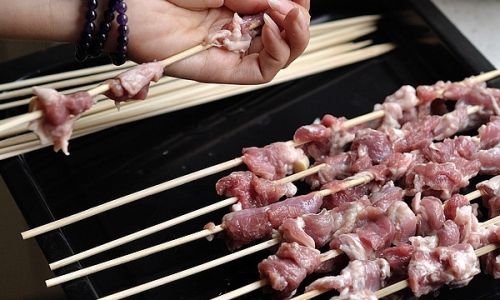

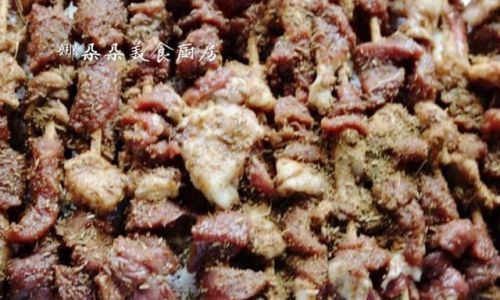
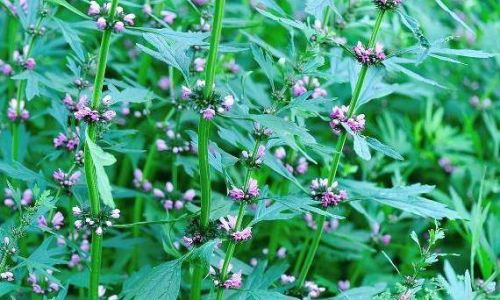
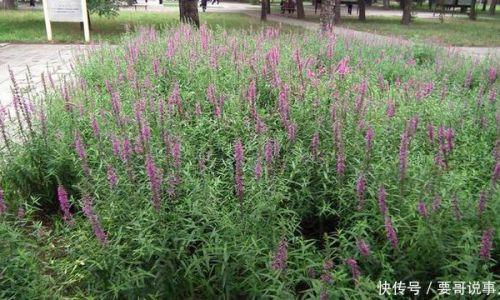
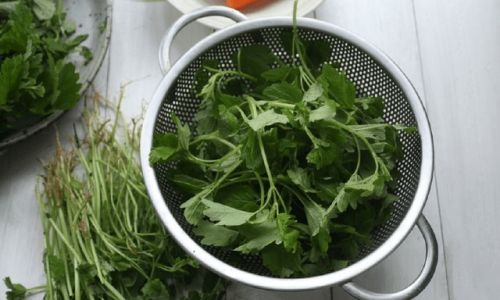
0 comments